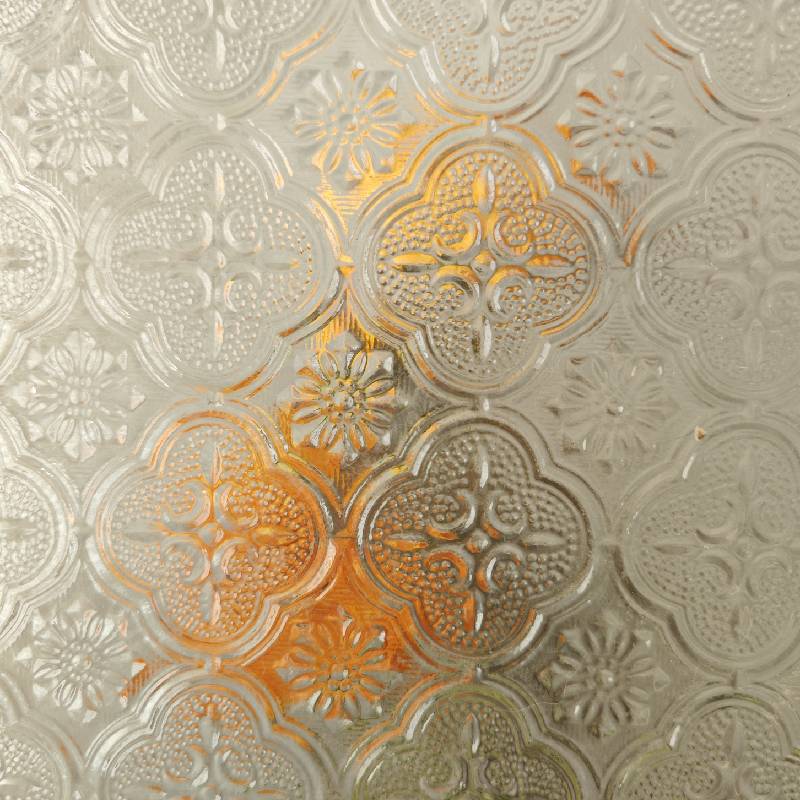

The Benefits of Grey Low-E Glass in Modern Architecture
In recent years, the architectural landscape has seen a significant shift towards the use of energy-efficient materials. One such innovation that has gained popularity is grey low-emissivity (low-E) glass. This type of glass is particularly renowned for its unique properties, which enhance both the aesthetic appeal and the environmental performance of buildings.
The Benefits of Grey Low-E Glass in Modern Architecture
One of the key benefits of grey low-E glass is its ability to improve energy efficiency. Buildings are responsible for a significant portion of global energy consumption, primarily due to heating and cooling requirements. By using grey low-E glass, architects and builders can reduce the reliance on artificial heating and cooling systems, leading to lower energy bills and a reduced carbon footprint. In fact, some studies indicate that low-E glass can decrease energy costs by up to 30%, which is a vital advantage for both residential and commercial properties.

Another important aspect of grey low-E glass is its role in achieving sustainable design goals. As more people become aware of environmental issues, there is an increasing demand for sustainable building practices. Grey low-E glass satisfies this demand by helping buildings meet stringent energy codes and standards, such as those outlined by the Leadership in Energy and Environmental Design (LEED) certification. Utilizing grey low-E glass in a building project not only enhances its marketability but also demonstrates a commitment to sustainability.
In terms of aesthetic versatility, grey low-E glass offers a modern and sophisticated appearance that complements a variety of architectural styles. Its neutral tone allows it to blend seamlessly with both traditional and contemporary designs, making it a popular choice for windows, curtain walls, and facades. Furthermore, the glass provides excellent clarity and color rendering, ensuring that both interior and exterior spaces look vibrant and inviting.
Additionally, grey low-E glass can improve occupant comfort. By minimizing temperature fluctuations and blocking harmful UV rays, it helps create a healthier indoor environment. This is particularly important in commercial spaces, where employee productivity can be directly affected by comfort levels. In residential settings, families can enjoy a more consistently pleasant living space, free from harmful sun exposure.
In conclusion, grey low-E glass represents a perfect fusion of style and sustainability. Its numerous advantages, from energy efficiency to enhanced aesthetic appeal, make it an ideal choice for modern architectural projects. As builders and architects continue to prioritize eco-friendly solutions, grey low-E glass is sure to remain a cornerstone of innovative building design, promoting a greener future without compromising on quality or beauty.